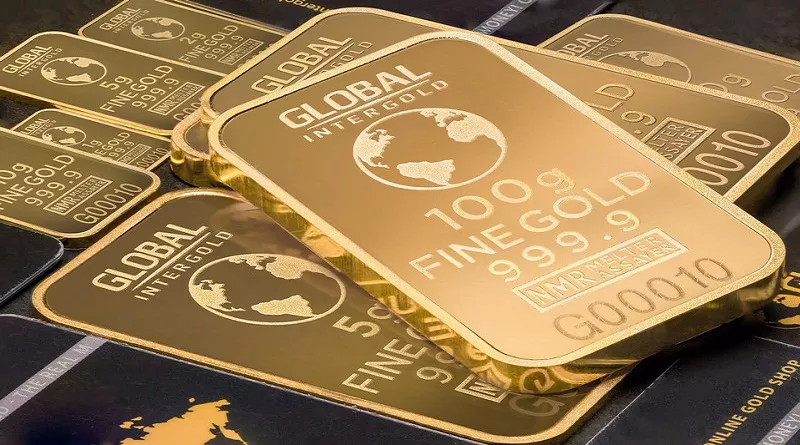The allure of gold, with its timeless charm and enduring value, has made it a symbol of wealth and prosperity throughout human history. Investors, economists, and historians alike often turn their attention to the highest price of gold in history as a barometer of economic stability and global financial trends. In this article, we delve into the annals of time to explore the factors that led to the highest recorded price of gold, providing insights into the economic climates and geopolitical events that shaped these historic peaks.
The Historical Context:
Gold has been a coveted commodity since ancient times, revered for its scarcity, malleability, and intrinsic beauty. However, the modern era has witnessed fluctuations in gold prices driven by a complex interplay of economic, political, and social factors. To understand the highest price of gold in history, we must embark on a journey through key milestones that have shaped the trajectory of this precious metal.
The Gold Standard and Economic Dynamics:
The late 19th and early 20th centuries were marked by the prominence of the gold standard, a monetary system where the value of a country’s currency was directly tied to a specific quantity of gold. The gold standard provided a measure of stability to global economies but also limited the flexibility of monetary policies. The Great Depression of the 1930s led many countries to abandon the gold standard, ushering in a period of economic turbulence.
Post-World War II Era:
The aftermath of World War II saw the emergence of the United States as an economic powerhouse. In 1971, then-President Richard Nixon took the monumental step of abandoning the gold standard, decoupling the U.S. dollar from its gold backing. This move, known as the Nixon Shock, paved the way for a new era of floating exchange rates and increased volatility in the gold market.
1979-1980: The Record-Breaking Spike:
One of the most noteworthy chapters in the history of gold prices occurred in the late 1970s. A confluence of factors, including political instability in the Middle East, high inflation rates, and the Soviet invasion of Afghanistan, contributed to a surge in demand for gold as a safe-haven asset. In January 1980, the price of gold reached an unprecedented peak of $850 per ounce.
The Iranian Revolution in 1979, coupled with the Iran-Iraq War, fueled fears of a disruption in oil supplies and heightened geopolitical tensions. Investors sought refuge in gold as a hedge against inflation and currency devaluation, driving prices to historic highs. However, this spike proved to be short-lived, as economic policies and geopolitical developments eventually led to a gradual decline in gold prices throughout the 1980s.
The New Millennium:
As the world transitioned into the new millennium, gold experienced a resurgence in popularity as a safe-haven asset. The dot-com bubble burst, the 9/11 attacks occurred, and the global financial crisis of 2008 shook the foundations of economies worldwide. In times of uncertainty, investors once again turned to gold, pushing prices to new highs.
2011: The Post-Financial Crisis Peak:
In the aftermath of the 2008 financial crisis, central banks around the world implemented unprecedented monetary stimulus measures, leading to concerns about inflation and currency devaluation. These concerns, combined with lingering economic uncertainties, contributed to a steady climb in gold prices. In September 2011, gold reached a new peak, with prices exceeding $1,900 per ounce.
Factors Contributing to the 2011 Peak:
Quantitative Easing: Central banks, particularly the U.S. Federal Reserve, engaged in massive quantitative easing programs to stimulate economic growth. This influx of liquidity into financial markets heightened concerns about potential long-term inflation, driving demand for gold.
Eurozone Debt Crisis: The Eurozone faced a severe sovereign debt crisis, with countries like Greece, Ireland, and Portugal grappling with economic turmoil. Investors sought the safety of gold as a hedge against the potential collapse of the euro and the ensuing financial contagion.
Global Economic Uncertainty: The specter of a double-dip recession and slow economic recovery contributed to a risk-averse investment environment. Gold, with its perceived stability, became an attractive option for investors looking to safeguard their wealth.
Conclusion:
The highest price of gold in history serves as a fascinating chronicle of the interplay between economic forces, geopolitical events, and investor sentiment. From the gold standard era to the post-financial crisis landscape, gold has maintained its status as a timeless store of value. Understanding the factors that led to historic peaks in gold prices provides valuable insights into the complexities of the global economy and the enduring appeal of this precious metal. As we navigate the uncertainties of the present and future, the tale of gold prices serves as a compelling narrative of resilience, adaptability, and the ever-evolving dynamics of the world economy.


